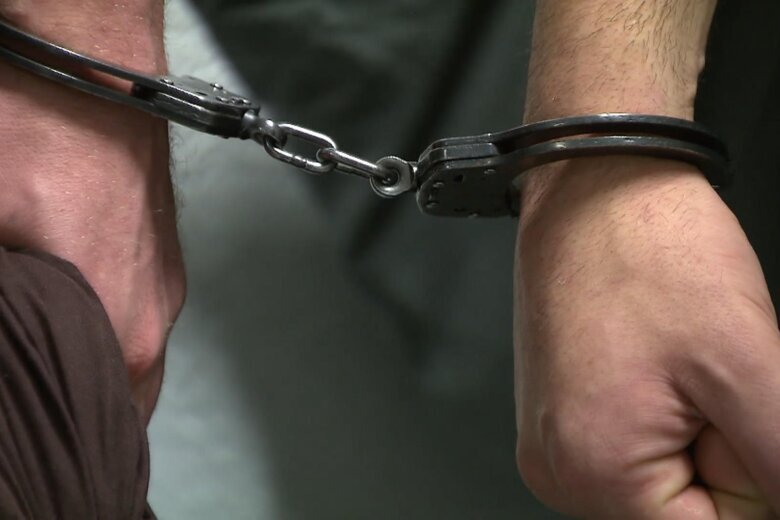
After the recent high-profile escape of a convicted murderer from a Pennsylvania jail, some have raised concerns about the effectiveness of law enforcement and community safety. But what level of concern should the public genuinely have?
CBS News dug into data from 26 states, which showed over 1,100 documented instances of escapes from law enforcement custody over the past five years. However, experts said many of those incidents aren’t the kinds of highly publicized escapes of violent criminals like the one that happened in Pennsylvania. In that case, 34-year-old Danelo Cavalcante was on the run in the Philadelphia suburbs for two weeks before being captured.
“Escapes are both more common and less common than you think,” says Bryce Peterson, a senior research scientist at The Center for Justice Research and Innovation, specializing in correctional issues and safety.
“Escapes are happening every single day,” Peterson explains. “You have people leaving from minimum security custody all the time, several times a day, from facilities across the country. But escapes like what we saw in Pennsylvania — these more sensational escapes — are extremely rare.”
Correctional facilities “severely understaffed”
Peterson points to low staffing levels and wages within America’s detention facilities as a primary cause for creating an environment ripe for escapes.
“I think if you ask any sort of correctional authority, they would always say, staffing is an issue. That being said, in the last couple of years, that issue has been exacerbated tenfold,” says Peterson. “Correctional agencies right now are severely understaffed. They’re having a hard time not only hiring staff but retaining them over the long term. I know that there are state correctional facilities out there where their main competitor for jobs is Walmart. And so if your pay is that little and your job is so unattractive to people, it’s going to be very hard to find good quality staff who are willing to work the job and stay at the job.”
Many escape incidents involve convicted people deemed “low-risk” and nonviolent. These individuals, known as “walk-aways” are usually convicted of minor offenses and are serving their sentences in minimum-security facilities or work-release centers.
For example, in CBS News’ analysis, Montana had the highest number of reported escapes. But of the state’s 381 documented incidents, all but three “escapes” were from unsecure facilities. The issue there is largely attributed to its pre-release system which transfers many parolees to halfway houses so they can find work while completing their sentence.
“I don’t think this is something that on a daily basis people should be concerned about, even when escapes do occur. Unless you’re in the vicinity where that escape is known to be,” says Peterson.
While most documented incidents do not end violently, escapes can still have devastating outcomes. Peterson cited a violent incident in Texas last year when a convicted killer, Gonzalo Lopez, 46, escaped from a prison bus, and killed a family of five during his three-week period on the run. An internal review from the Texas Department of Criminal Justice found a multitude of security lapses, including a staffing shortage, which allowed Lopez to get away.
In light of these alarming headlines, Peterson cautioned the public against growing complacent, but offered perspective.
“By the time someone is out of custody, they’re usually so preoccupied with staying out of custody, finding food, shelter, water, clothing, those kinds of things, that they don’t often engage in violence in the community,” he says. “And that’s what we saw, luckily, in Pennsylvania.”








